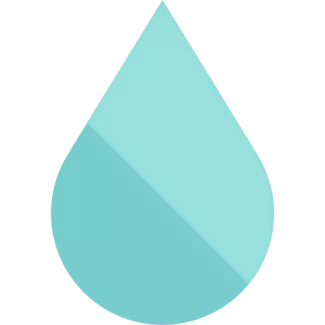
This guide contains tutorials and other information necessary for creating modules for Drupal 8.
Other resources:


Drupal 8 uses a range of advanced PHP features and sophisticated third-party libraries to provide third-party developers with the most advanced API of any available CMS. While experienced Drupal 7 developers may notice some significant changes, much of the core structure remains familiar.
If any of the material presented in the step-by-step D8 module developer guide is new to you, the resources below may help. However, exhaustive knowledge is not required to proceed to the D8 module walkthrough.


Main Topic: Project Metadata
The .info.yml file (also known as the "info YAML file") is an essential part of a Drupal 8 module, theme, or installation profile used to store metadata about the project.
These .info.yml files are required to:


Before You Begin
If you want PHP to help identify your errors on a test site, try the settings described here: Displaying all errors during development.
Name Your Module
The first step in creating a module is to choose a “short name” or machine name for it. This machine name will be used in several files and functions of your module, and the Drupal core uses it programmatically to reference your module.


In the following subsections of the guide, we will create examples of various parts of a Drupal site, such as a custom page, block, entity, field, etc. All examples start with the module folder and the .info.yml file, and with just these two items the module will appear on the extended Drupal 8 administration page or can be activated directly using Drush.
This subsection will guide you through the process of getting started by creating, naming, and properly placing the .info.yml file, which will become the starting point for each new module you create.


When developing custom modules, there are several scenarios where the developer is required to add a composer.json file to the module. Some of these scenarios depend on whether the custom module is intended to be shared with the community as a project on drupal.org.
If a module developer wants to use a PHP library hosted on packagist.org, they must add a composer.json file to their project.


In the next section, we will look at creating a simple module. There is a long-standing tradition that the first program you write in any new system displays "Hello World!" on the screen.
Although Drupal is one of the boldest and most progressive open source projects, it is also deeply rooted in long-standing scientific and technical traditions.


The content() function in the HelloController class will return markup text when the routing system calls the page.
In your module folder, you should have the standard PSR-4 folder structure /src/Controller, and inside this folder, you should have the controller file HelloController.php.
Thus, your controller file will be located at
/src/Controller/HelloController.php
You have the following code in the HelloController.php file:


Return to the root folder of your module where the .info.yml file is located, add a new file named hello_world.routing.yml, and add the following content to it:


Now that we've created a placeholder for our module's settings page, let's add a menu link. The instructions below show how to create a menu link for the hello_world module under the “Development” section on the “Admin > Configuration” page (http://example.com/admin/config).
In the root folder of your module, create a new file named hello_world.links.menu.yml and add the following:
